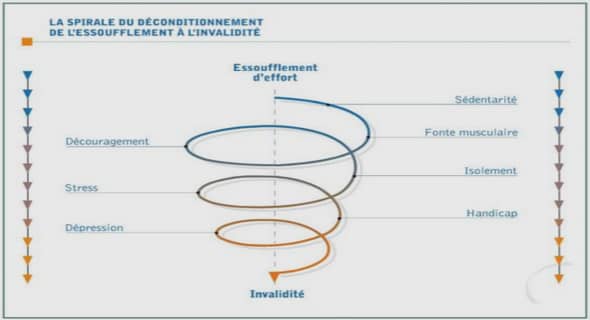Analysis of polymer blend morphologies from transmission electron micrographs.
Thermomechanical properties of polymer blends seem to depend on their morphology on microscales and in particular on the size of the dispersed phase particles and/or their distances (ligament thickness). Precise characterization of morphologies by few simple geometrical parameters is often a quite delicate task, in particular because of the strong polydispersity of these systems. We present here a simple method based on image analysis of transmission electron micrographs (TEM) to estimate both distributions in particle size and ligament thickness. We first reconstruct three dimensional distributions in particle size from two dimensional measurements and show in particular that corrections from section thickness become significant when thickness is comparable to particle size. Knowing the distribution in particle size, we extend the model initially proposed by Wu to estimate the distribution in ligament thickness. This method provides a more detailed relation between the distribution in particle size and the distribution in ligament thickness. Advantages and limitations of the method are illustrated by practical examples on polyamide-12 systems filled with various particle dispersions.
kJ/m2 and 80 kJ/m2 respectively. Are the morphologies as different as impact experiments could suggest? Qualitatively, they look very similar but can one be certain? In fact, micrograph b is an image of the injected sample shown on image a after a thermal treatment (quiescent melting and recrystallization) which in principle does not alter the dispersion morphology. On the other hand, the dispersion shown on Figure 39c looks much denser than those on Figure 39a or b. One could expect very different mechanical properties. Yet, it is the same sample as in Figure 39a but the ultrathin section observed under TEM is about twice thicker. Hence, quantitative techniques which characterize particle dispersions are essential tools to understand how impact performances depend on the blend morphology and how they can be controlled in terms of compounding and processing. at finer scales about the possible nanostructure of the particles and/or the crystalline organization of the matrix. Unlike SEM which shows cross-sections of the bulk morphology, TEM shows a 2D projection of a thin section of about 50-100 nm thick. In order reconstruct the true 3D distribution in particle size, we consider some specific features of the TEM technique as illustrated in Figure 40. A “cross-section” effect, which also exists with SEM, arises from the fact that the observed micrograph is a 2D section of randomly cut particles. As a result, the apparent diameter of a particle on the image is smaller than its real diameter as soon as the particle is not cut through its center. This is the case of particles 1 and 3 in Figure 40. Such effect implies that raw measurements overestimate the fraction of small particles. On the other hand, a “projection” effect, which is more specific to transmission microscopy, comes from the finite thickness of the thin section. All the particles which center is inside the thin film appear on the image with their real diameter as shown in Figure 40 for particle 2. Hence, this latter effect can counterbalance the former cross-section effect. We correct both .
The method presented here has been applied to toughened polyamide-12 systems provided by Arkema. Here, the impact fillers are a polystyrene-block-polybutadiene-block- poly(methyl methacrylate) triblock copolymer (SBM) and a polystyrene-block-polybutadiene- block-poly[(methyl methacrylate)-stat-(tert-butyl methacrylate)] triblock copolymer (SB(MT)) which can react with the polyamide matrix. The synthesis of reactive SB(MT) block copolymers is described in a previous study17. Blending was achieved by extruding together the filler and the semicrystalline matrix. Different particle sizes and ligament thicknesses were obtained by varying the reactivity between the filler and the matrix as well as the processing conditions. More details about the preparation, morphology and Particle dispersions were characterized by transmission electron microscopy (TEM) using stained ultrathin sections. Ultrathin films of about 60 nm thick were cut by ultramicrotomy on a Leica Ultracut apparatus with a diamond knife at –100°C. Osmium tetroxide (OsO4) vapor was used to selectively stain SBM particles. Experiments were carried out with a JEOL 100CX electron microscope at an acceleration voltage of 80 kV.

